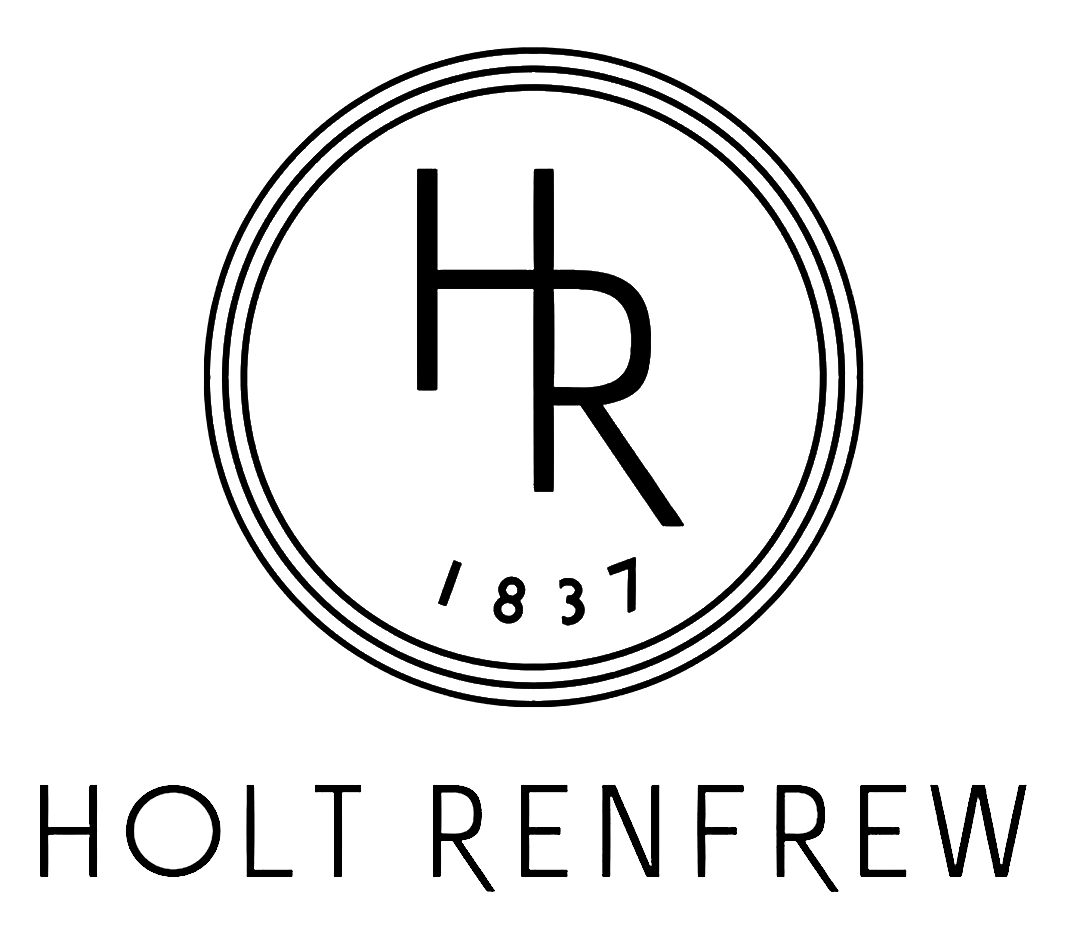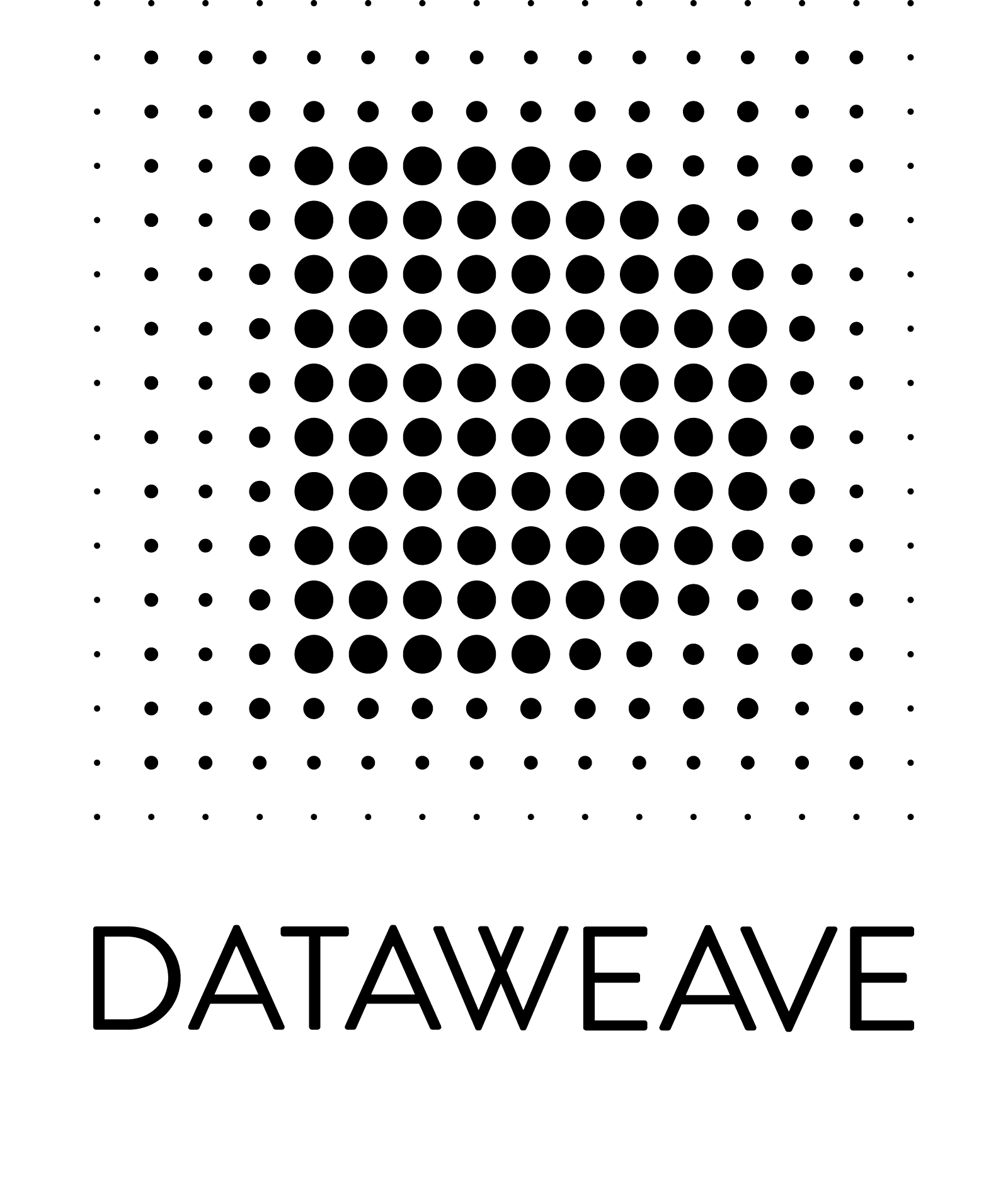Radio was traditionally a great way to reach general audiences with specific listening habits and at certain day parts, like during rush hours on the way to and from work (is that still a thing?). It technically still is, but the landscape is most certainly in flux. We all want to know that our ads are being heard, and we’d love to know specifically by who and when, and if they took any action after hearing it. That’s still difficult to do on the ol’ wireless and Marconi would be both completely baffled and amazed as to how far it has come.
So, the concept of radio isn’t dead, but has really evolved in recent years. With the advent of music and podcast streaming services, radio has become more accessible and personalized than ever before. Instead of being limited to a specific geographic location or a limited selection of pre-determined programming, listeners can now access a vast array of content from all over the world, tailored to their specific interests and preferences.
One of the main ways in which radio has evolved is through the integration of streaming services into the traditional radio model. Many traditional radio stations now offer streaming options, allowing listeners to access their programming online, on-demand, and even through smart speakers. This has made radio more convenient and accessible for listeners, as they can now tune in whenever and wherever they want.
Another way in which radio has evolved is through the rise of podcasting. Podcasts have become increasingly popular in recent years, with many people turning to them for news, entertainment, and information. Podcasts can be produced by anyone, and can be about virtually any topic, making them a diverse and engaging source of content for listeners. Podcasts can also be streamed or downloaded, making them even more accessible to listeners.
In the marketing landscape, streaming services have made attribution of advertisement to sales conversion a reality that did not exist previously with traditional radio listening. Streaming services such as Spotify and Apple Music allow marketers to track and analyze listener behavior, and even target their advertisements to specific demographics and listeners based on their listening habits. This provides a level of precision and accuracy that was not possible with traditional radio advertising.
For example, Spotify has a feature called “Spotify for Brands”’ that allows advertisers to reach specific audiences through targeted ads and sponsored playlists. This allows advertisers to identify the most effective way to reach their target audience and increase the chances of conversion. Additionally, podcast platforms have similar features that allow advertisers to target their ads to specific listeners based on their listening habits and demographics, thus allowing them to measure the effectiveness of their advertisements.
Streaming services have also made it easier for marketers to track the effectiveness of their advertisements. With traditional radio, it was difficult to measure the impact of an advertisement on sales because listeners could not be easily tracked or identified. With streaming services, however, marketers can track listener behavior, such as how many times an advertisement was played, how many listeners clicked on the advertisement, and even how many listeners made a purchase after hearing the advertisement.
So, really the concept of radio is alive and well. There are just a ton of smarter ways to put it to good use when it comes to advertising and reaching a hyper-targeted audience, while being able to attribute activity.
Happy listening!





















